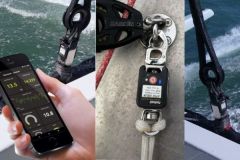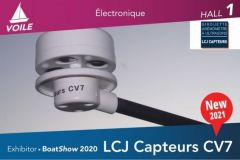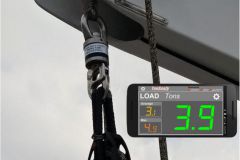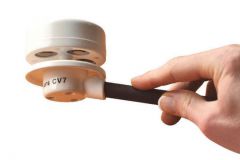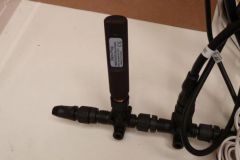The aerial, installed at the top of the mast, indicates the angle of the wind arriving on the sailboat. This angle must be as accurate as possible to help the helmsman keep a course by following the oscillations of the reefs. This is the role of the windvane, whose information is displayed on the screens in the cockpit.
The problem of rotating masts
But what do you do when you have a sailboat with a rotating mast? How do you know what position the windvane is in if the mast rotates? To solve this puzzle, electronics manufacturers are installing a mast angle sensor. This sensor gives an indication of the mast angle, which is then used to correct the windvane.
Weaknesses of mechanical solutions
The proposed solutions were based on mechanical systems. Either a connecting rod that takes into account the mast angle, or a belt that rotates with the mast. These solutions, which work, present several problems: over time, they end up being out of adjustment and require regular recalibration, but above all they are vulnerable. At the foot of the mast, these rods or straps are often caught in the sheets or halyards..
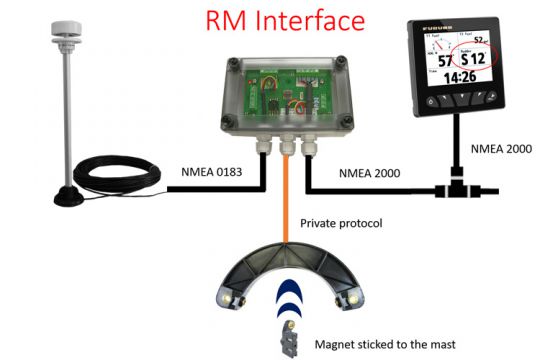
The bright idea of the RM-Smart 100
To avoid these problems, the French company LCJ Capteurs, known for its ultrasonic wind vanes-anemometers (without any moving mechanical parts), has just launched a new product: the RM-Smart 100, a mast angle sensor that works with a magnet. This magnet installed on the mast passes in front of a sort of horseshoe fixed on the deck. This sensor gives the angle measured by the position of the magnet.
The RM-Smart 100 therefore has no mechanical parts since no link is made between the magnet and the fixed part. Depending on the configuration, you can even fix the magnet on the deck and install the "horseshoe" on the mast. This sensor works with all navigation units (any generation) in NMEA 183, 2000 and even analog.
This sensor offers only advantages:
- No mechanical linkage, no belt and no connecting rod
- Compact, no danger of jamming a rope
- No regular recalibration
- Waterproof, it offers no friction zone
- Compatible with all power plants on the market
- Diabolical precision (<1%
- Reliable technology from the industry
This model currently in production will be available in spring 2018 at 1446 euros (incl. VAT).



